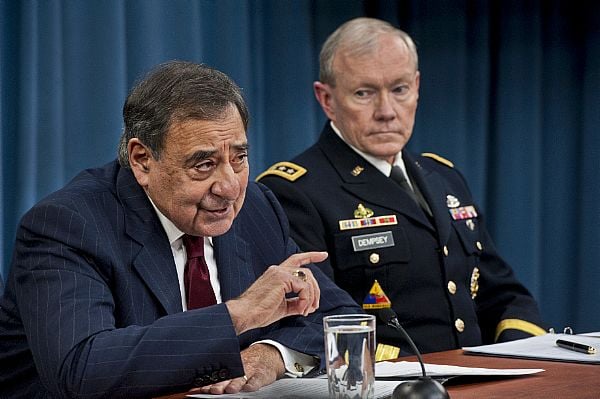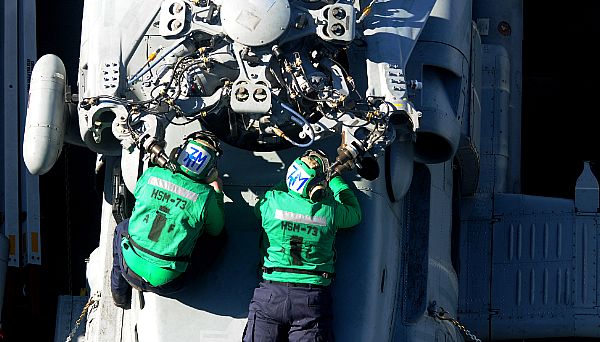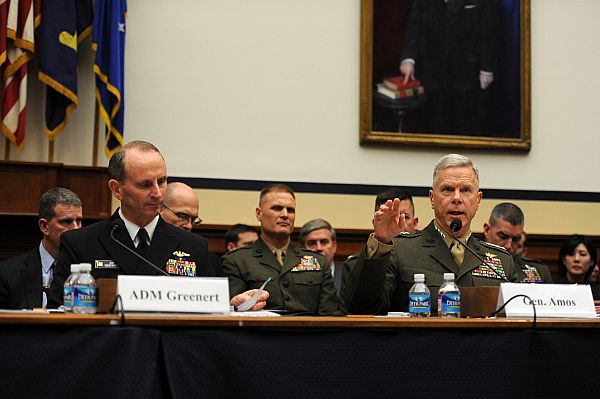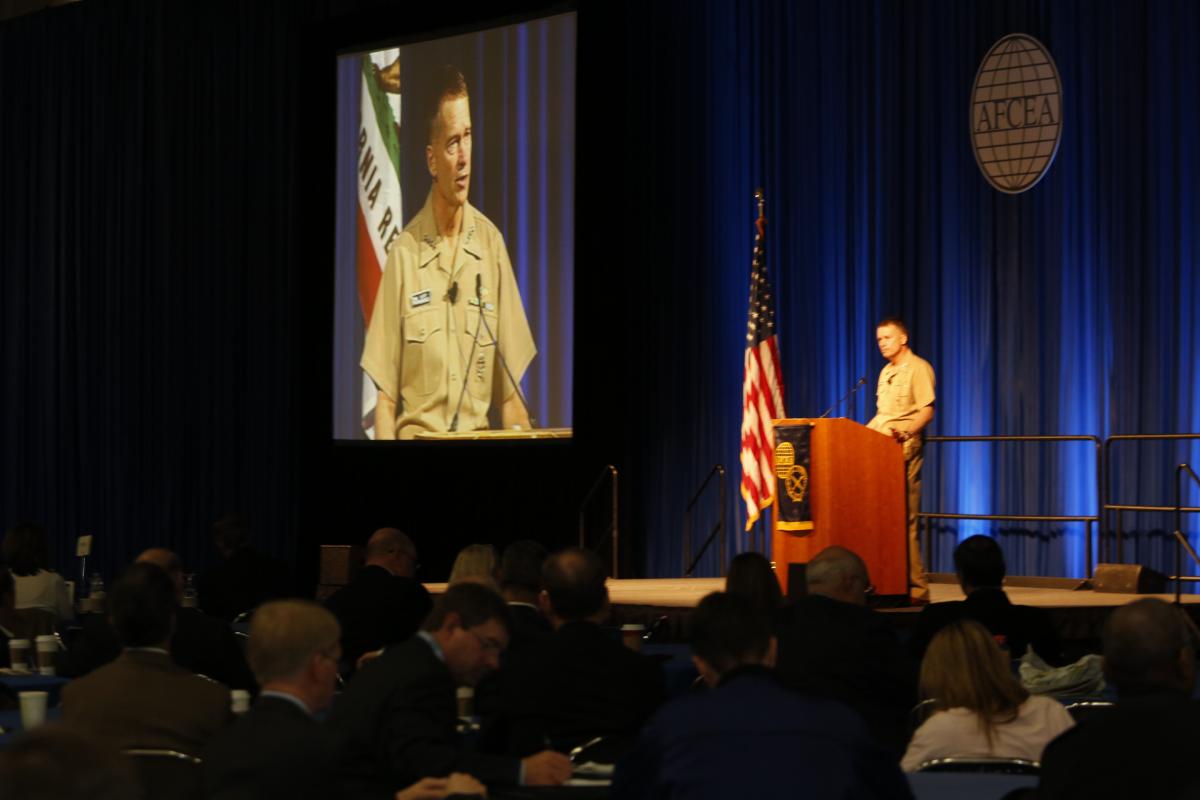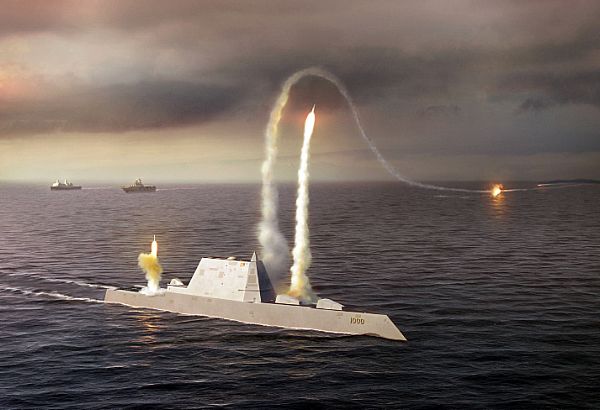
CRS Report on Destroyer Programs: Background and Issues for Congress
This Feb. 14 report from the Congressional Research Service details developments in the Arleigh Burke and Zumwalt destroyer classes as background information for Congress.…

